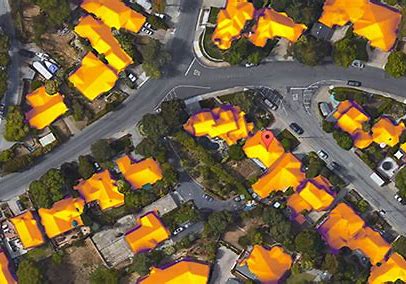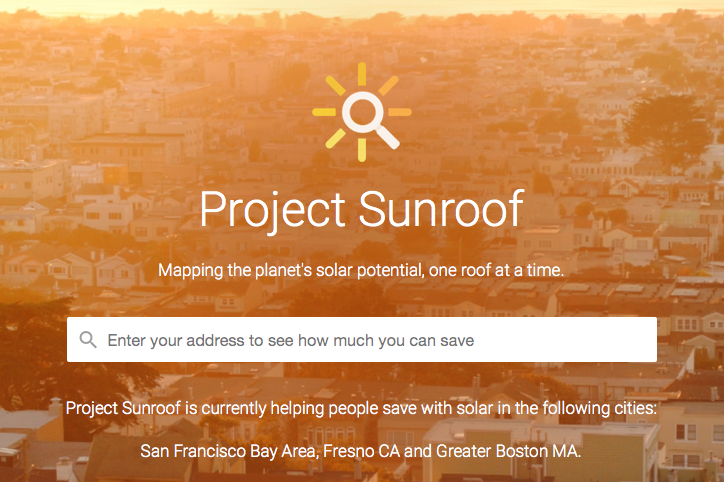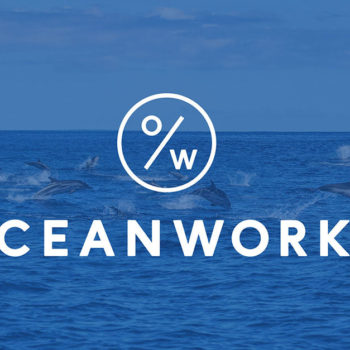|
|
In our ever-connected world, Google Maps has evolved into an indispensable tool, guiding us through the intricacies of city streets, revealing hidden local gems, and igniting our wanderlust for uncharted territories. Yet, Google Maps is not merely a navigation aid but also a catalyst for change in the realm of renewable energy. Enter Project Sunroof, a visionary initiative seamlessly integrated with the Google Maps platform, poised to transform our perceptions of solar energy and rooftop solar installations.
While Google Maps has long been our trusted companion in exploring the physical world, Project Sunroof invites us to embark on a new journey—one that empowers us to harness the sun’s limitless energy. Discover how this innovative project leverages cutting-edge technology and satellite imagery to revolutionize our understanding of solar power. Join us as we unveil the potential of Google Solar Map and Project Sunroof, where sunlight becomes a navigational beacon of sustainability and renewable energy.
What is Project Sunroof?

Project Sunroof is an innovative initiative by Google that aims to accelerate the adoption of rooftop solar energy. Using the power of Google Maps and the Solar API, Project Sunroof provides homeowners with detailed information about their rooftop’s solar potential, including the amount of sunlight it receives and the estimated energy production that can be harnessed through solar panels.
The Solar API is a key component of Project Sunroof, enabling the analysis of raw solar data and calculating solar energy potential for every rooftop. By leveraging this data, Project Sunroof can calculate the financial and environmental benefits of installing solar panels, helping homeowners decide about going solar.
How Does it Work?
Project Sunroof uses advanced mapping techniques and sophisticated algorithms to analyze satellite imagery, 3D models, and weather patterns to assess the solar potential of each rooftop. Project Sunroof provides highly accurate estimates of a rooftop’s solar energy potential by considering factors such as roof size, angle, and shading from nearby buildings or trees.
Using the Solar API and Google Maps, homeowners can enter their address into the Project Sunroof website and instantly see their rooftop’s solar potential. The platform also provides a cost savings calculator, which estimates the amount of money that can be saved through solar installation and a list of solar professionals and providers in the area.
Here’s the step-by-step process:
1. Homeowners provide information about their residence. Project Sunroof assesses their home by analyzing Google Earth images. The software examines factors like the shape of the roof and local weather conditions to formulate a customized solar plan.
2. Homeowners receive a personalized solar plan. Homeowners have the flexibility to adjust their electricity expenses to obtain a more accurate estimate of potential savings with rooftop solar panels. Additionally, Project Sunroof provides information about the recommended number of solar panels.
3. Homeowners explore various payment options. Project Sunroof presents homeowners with diverse financing choices for their solar panels, including loan options, leasing arrangements, or outright purchase, allowing them to select the most suitable option.
4. Homeowners receive a savings estimate. Project Sunroof calculates the anticipated savings from solar panels by considering roof size, shading, local weather patterns, electricity rates, and potential incentives. This analysis provides homeowners with a tailored report to facilitate informed decision-making for their homes.
The Benefits of Project Sunroof

Project Sunroof is not only empowering homeowners to switch to solar power but also disrupting the solar installation industry. By providing easy access to precise solar information and connecting homeowners with trusted solar professionals, Project Sunroof is making the process of going solar simpler and more efficient.
In addition to the financial savings, installing rooftop solar panels positively impacts the environment by reducing reliance on fossil fuels and decreasing greenhouse gas emissions. With Project Sunroof’s help, more and more homeowners are realizing the potential of solar power and switching to renewable energy sources.
The Role of Google Maps Platform and the Solar API

The Google Maps platform and the Solar API are the driving forces behind Project Sunroof. These technologies enable solar data collection, analysis, and visualization, making it easily accessible to homeowners and solar professionals. Integrating Google Earth and weather patterns gives a comprehensive view of solar potential, ensuring accurate and reliable information.
Moreover, Google Cloud provides the infrastructure and computing power to handle the vast amounts of data required for the Solar API. With the scalability and reliability of Google Cloud, Project Sunroof can continue to expand its reach and accelerate the adoption of rooftop solar installations.
Frequently Asked Questions
Project Sunroof is a tool developed by Google that uses Google Maps data and the solar API to provide homeowners with information about their rooftop solar potential.
Project Sunroof works by analyzing satellite imagery data from Google Maps to determine the solar potential of a particular rooftop. It factors in information such as the size of the rooftop, its angle, and shade from nearby buildings or trees.
Yes, Project Sunroof can help you estimate the solar savings potential of your home. It provides information on the potential savings you can achieve by installing solar panels on your rooftop.
Yes, Project Sunroof provides a list of solar providers and installers in your area. It can help you find reliable and experienced professionals who can install solar panels on your rooftop.
Project Sunroof aims to accelerate solar deployments by providing homeowners with raw solar information and free online solar energy simulations. Encouraging the adoption of solar energy helps reduce reliance on fossil fuels and decrease greenhouse gas emissions.
The Air Quality API is a service provided by Google that provides information about air quality in different areas. It is related to Project Sunroof as it can provide additional data about the environmental benefits of installing solar panels, such as reducing air pollution.
The estimates provided by Project Sunroof are based on machine learning algorithms that analyze a vast amount of satellite imagery data. While they are generally accurate, it’s important to consult with solar professionals for more detailed information and precise solar designs.
Yes, Project Sunroof is specifically designed to help homeowners who are interested in going solar. It provides valuable information about the solar potential of their rooftops and helps them plan and estimate the solar installation costs.
Project Sunroof has access to the solar API, which provides data on solar production and rooftop solar potential. It retrieves relevant data from the API to provide accurate estimates and information.
Project Sunroof initially started with data for a few cities in the United States, but it has expanded to cover a much wider area. As of now, it works in millions of buildings in multiple countries. However, checking if Project Sunroof supports your specific location is always recommended.
The Future of Solar Power
As the demand for clean, renewable energy continues to grow, initiatives like Project Sunroof are crucial in promoting the widespread adoption of rooftop solar installations. By providing homeowners with the tools and information they need to make informed decisions, Project Sunroof is removing barriers and making solar power more accessible.
With the constant advances in solar technology and the ever-increasing awareness of climate change, the future of solar power looks bright. With the help of the Google Maps platform and the Solar API, we can expect to see even more innovative solutions that harness the sun’s power and accelerate our transition to a sustainable and green future.












